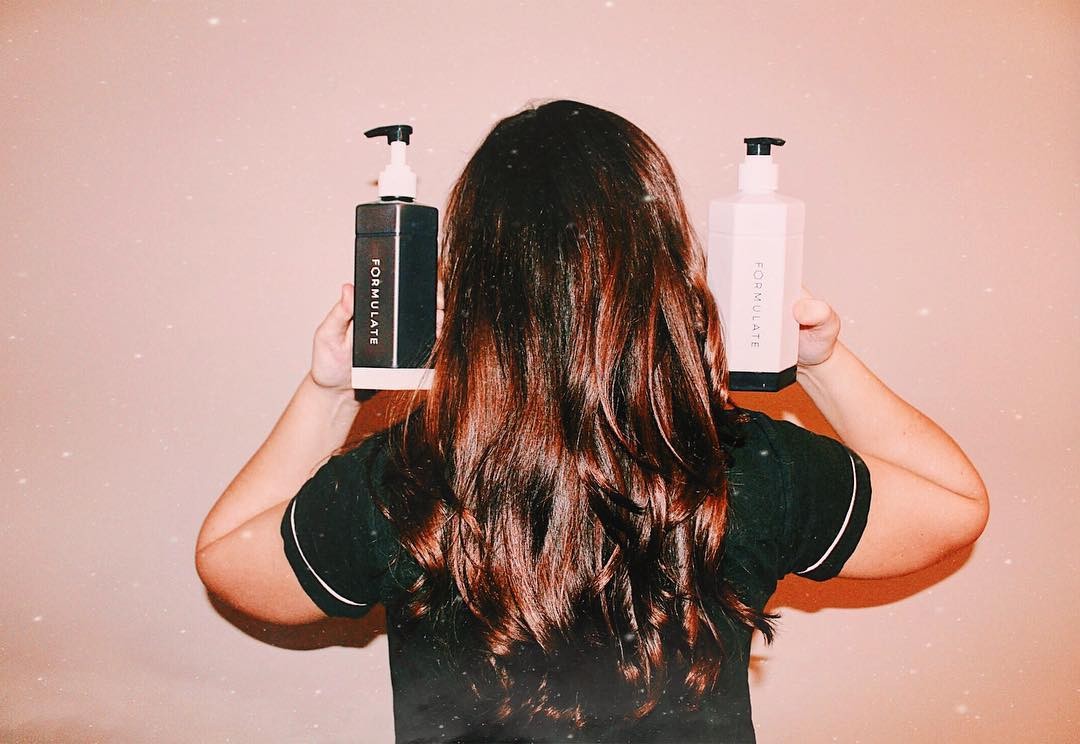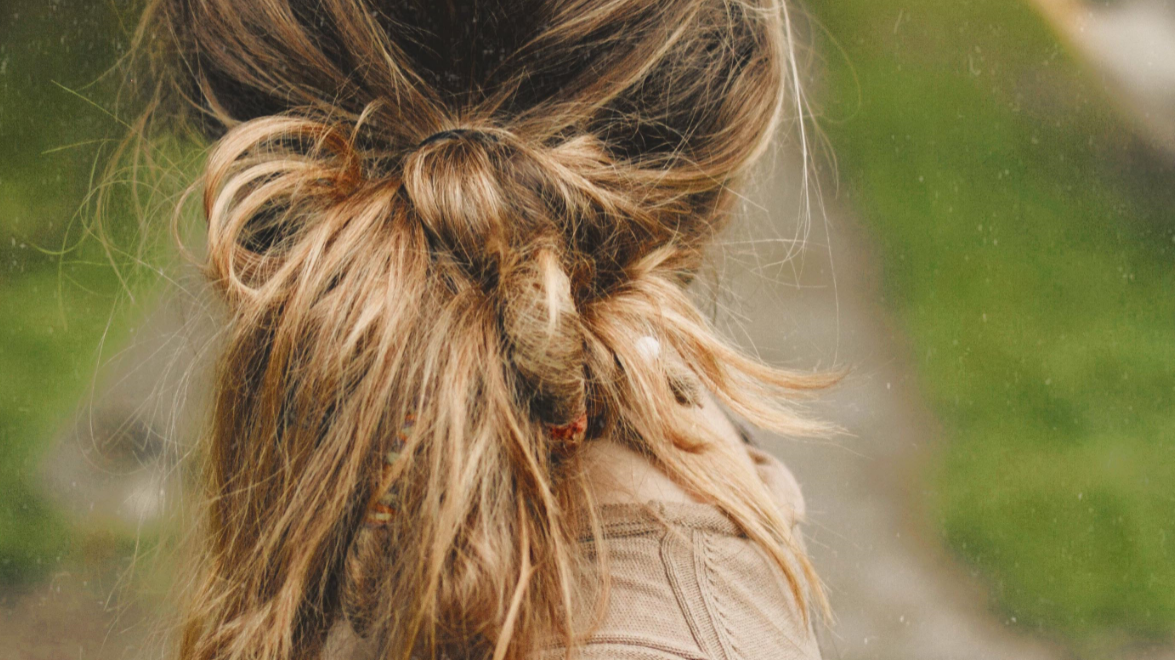Here on the Formulate Journal, we talk a lot about how hair can become damaged, and how you can protect your hair from damage. But something we haven't talked about as much is how to recognize if your hair is actually damaged.
We know that certain activities, like brushing your hair while wet or repeatedly bleaching your hair, cause damage for the majority of hair types -- it's been measured in labs, under controlled settings, and published in prominent scientific journals. But despite all reason, some people seem to emerge from these activities with hair that's basically unscathed, whereas others... well, not so much. Maybe it's genetics, maybe it's luck, but some people can do darn near everything that we recommend not doing/only doing in moderation, and still have shiny waist-length hair.
So how can you tell which hair category you fall into? Is your hair healthy, kind of damaged, significantly damaged, or basically falling-off-your-scalp-level damaged?
Does your hair appear to be growing?
Not too long ago, a new customer told us that for the past few years her hair had been "stuck" at a certain length. She'd bleached her naturally thin hair several times, and had since struggled to grow it past her shoulders.

It wasn't that this lady's hair had stopped growing out of her scalp; she didn't have any bald spots, and her density hadn't changed. The problem was that her hairs broke off before they reached the length that she wanted to achieve.
If sections of your hair look like they've been chopped off (like if it appears that you have some unintentional layers), your hair has most certainly undergone damage. The same goes for if it seems like you can't get your hair to grow past a specific length, especially if it also looks very thin towards your ends.
Does your hair look dull?
There's a reason that glossy hair is culturally associated with good health -- shine demonstrates a thriving hair cuticle.
Hair looks shiny when the cuticle of the hair strand lays flat. The hair cuticle is the outer layer of your hair and is made of up itty-bitty scales that point downwards, like shingles on a roof. When all the cuticles lay flat as they should, light is evenly reflected and hair looks happy and shiny.

Unfortunately, it's pretty easy to mess up your hair cuticle, especially if you regularly bleach, relax, or expose your hair to water (sorry, swimmers). The scales can become lifted up or torn away, causing reflected light to be scattered in multiple directions. The result is dull, unshiny hair.
Of course, damage might not be the only reason your hair has lost its luster. You might have residue coating your locks or your hair might need more hydration; perhaps it's dry, not damaged. Give it a good scrub and leave your conditioner on for an extra few minutes to see if you can coax out some shimmer.
Is your hair extra tangly?
Shine isn't the only thing that suffers when the hair cuticle is damaged.
A flat hair cuticle allows for hair fibers to glide past one another without a great deal of friction. This is pretty important since your hair fibers twist and interact with one another all day long. When fibers aren't able to glide past one another, they tangle and form knots, which are both A. annoying and B. very likely to lead to breakage as you attempt to comb them out.
The real kicker is that once one hair cuticle is damaged, the damage can spread to other hairs. Like we said, hairs rub up against each other all day long. When your hair cuticles lie flat, this isn't much of a problem, because they're able to glide smoothly past one another. But if enough cuticles become damaged, they make it harder for the smoother cuticles to rub past them, creating additional friction and roughening the smooth cuticles. Eventually, enough cuticles become roughened up that the damage becomes cyclical: your best solution will either be a big chop, or, for a temporary repair, a conditioner with keratin and silicones.

Do you have a serious case of the frizzies?
Frizzies are broken hair fibers that jut off at weird angles. They're the rebellious teenagers of hair fibers: they refuse to go the same direction as everyone else, no matter how much you try to coax them. These guys aren't the same as static flyaways or humidity-induced frizz: those are both temporary and easily fixed. They also aren't the same as baby hairs, the little clumps of hair that frame your face. No, frizzies are their own distinctly frustrating specimen and have a long history of driving even the most patient of hair lovers crazy.
If you've noticed an increase in frizzies, it's most likely because of an increase in breakage. If something in your hair routine has recently changed, it's a good idea to switch back to what you were doing previously to see if the rate of new frizzies subsides.
How are your ends?
Ah yes. The classic conundrum of split ends: how the heck do you tell if you have split ends without a microscope?
To start, know where to look. Splits occur most often at the ends of your hair since that's the location of your oldest (and probably most damaged) hair. Splits can also occur in the middle of your hair -- the term "split end" is a little bit of a misnomer because of this.
As long as you have decent eyesight (or glasses), split ends are actually pretty easy to spot, as long as you've got some patience. Grab a section of your hair, and examine the ends of some of the individual fibers. Are any hair strands branching off to form two or more ends? If they are, you've got a split, and where there's one split, there are probably more. It can feel tempting to ignore the problem, especially if you've been trying to grow out your hair for quite some time, but your best solution is to book a trim. If you don't, the split will expand upwards, making the problem more noticeable, so you can pretty much opt for a trim now, or a big chop later.
Want more hair science info? Here's what's next on your reading list:
Heat Trained Hair 101
Is heat training right for you?
Comb vs Brush | Which Is Better For Hair Health?
Comb vs brush - which tool wins in protecting hair health?
What does purple shampoo do? Your biggest questions, answered.
Learn the insider secrets of purple shampoo 😉





